#picture book review
Text
it drives me bonkers the way people don't know how to read classic books in context anymore. i just read a review of the picture of dorian gray that said "it pains me that the homosexual subtext is just that, a subtext, rather than a fully explored part of the narrative." and now i fully want to put my head through a table. first of all, we are so lucky in the 21st century to have an entire category of books that are able to loudly and lovingly declare their queerness that we've become blind to the idea that queerness can exist in a different language than our contemporary mode of communication. second it IS a fully explored part of the narrative! dorian gray IS a textually queer story, even removed from the context of its writing. it's the story of toxic queer relationships and attraction and dangerous scandals and the intertwining of late 19th century "uranianism" and misogyny. second of all, i'm sorry that oscar wilde didn't include 15k words of graphic gay sex with ao3-style tags in his 1890 novel that was literally used to convict him of indecent behaviour. get well soon, i guess...
#the picture of dorian gray#lit#this is a pointless text post#guess what i read for the first time in the year of our lord 2023#and yes this is a real review on storygraph that i took a screenshot of. you people are so stupid god bless#girl he literally censored it himself did your edition have 0 introduction or background at all#greatest (s)hits#book discourse
68K notes
·
View notes
Text
Picture Book Review
Kid Review – Harry Rides the Danger – picture book
View On WordPress
0 notes
Text
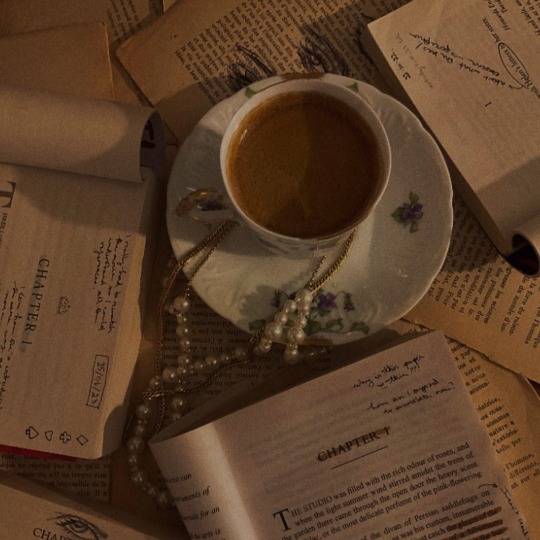

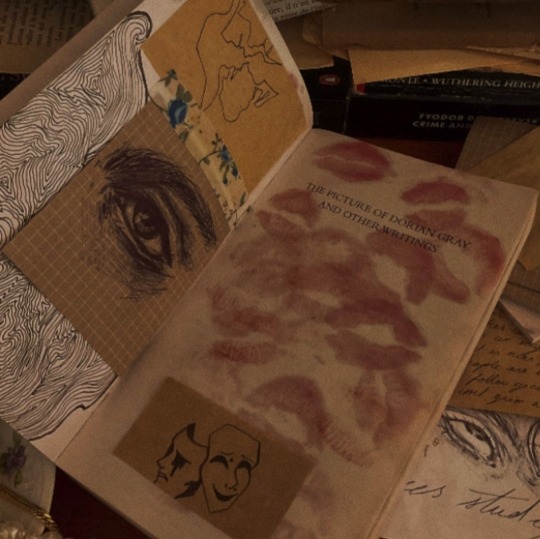
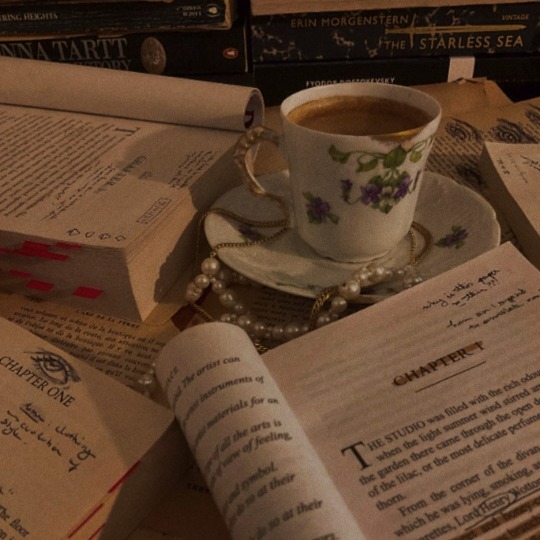
I am too fond of reading books to care to write them.
ig credit: vintagesoul_reads.
#the picture of dorian gray#dorian gray#oscar wilde#english poetry#english literature#english#book art#book review#book#book quotes#books#book aesthetic#book photography#alternative#aesthetic#dark academia#dark academic aesthetic#dark aesthetic#aestheitcs#dark#art#light acadamia aesthetic#light academia#coffe#coffee#coffee aesthetic
3K notes
·
View notes
Text


finished reading volga, a story, from lou andreas-salome. i loved the nature descriptions, i loved how the feelings of a young girl were handled and told. it was a warm story of a girl discovering her feelings and world in a limited place.
#lunlunreads#reading#reading books#reading aesthetic#book reading#books and reading#books & libraries#books#book picture#book blog#bookblr#book#bookshelf#bookstagram#booksbooksbooks#bookworm#book review
304 notes
·
View notes
Photo






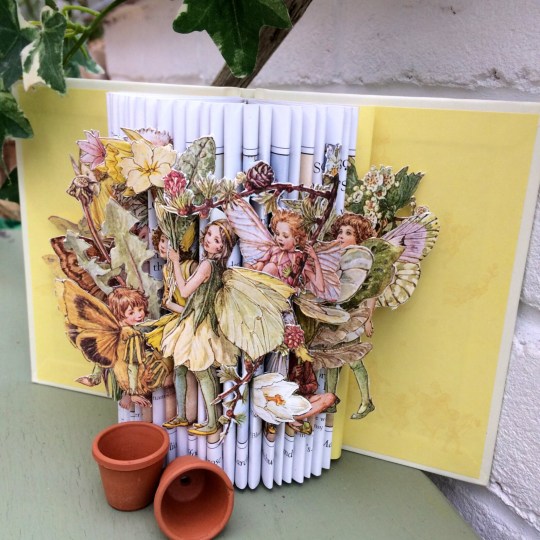
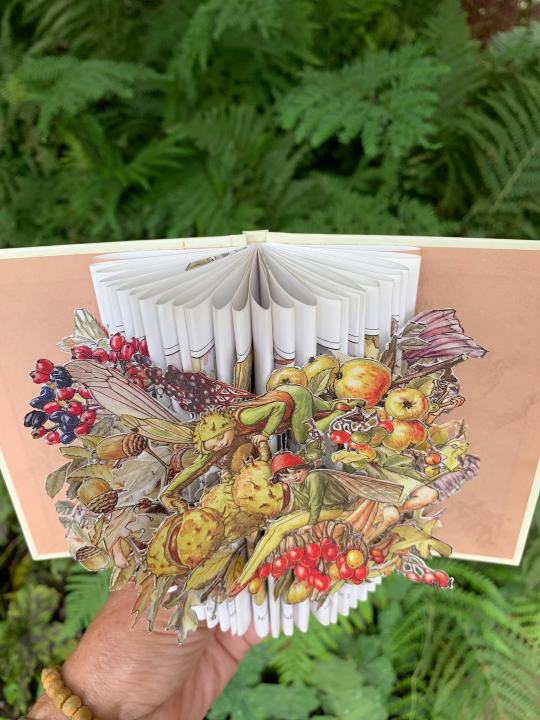

Book Sculptures by creativerascal on Etsy
#handmade#book arts#books#bookshelves#bookish#book reviews#booksbooksbooks#picture books#flower faerie#flower fairies#flower fairies of spring#brambly hedge#beatrix potter#flower fairies of the autumn#cicely mary barker
220 notes
·
View notes
Text

Review: Gwen & Art Are Not In Love (Lex Croucher)
Rating: ★★★★★/5
"'It's not too late to cut you out of this speech.'
'You wouldn't,' Arthur said dismissively, putting an arm around Gabriel's waist and then grinning when he didn't remove it. 'You think I'm far too charming.'
'When they come for my kingdom, I'll tell you if it was all worth it.'
'Please stop flirting,' said Gwen. 'You're giving me a headache.'
'You are sitting in Bridget's lap,' Arthur pointed out. 'And I can very clearly see that she's got her hand on your thigh.'"
Oh my GOD this was adorable and hilarious and SO much fucking fun.
Gwen and Art have been betrothed since Gwen was born. She's always loathed him and his nice hair and his devil-may-care attitude, and really, she's had a crush on Bridget, a knight who comes to fight in the tournaments at Camelot, for years. Art himself is no stranger to crushes; he's had many, always on boys. Art is now being sent to Camelot for the summer's tour, and their marriage feels imminent. How can the two of them reconcile their true feelings when the good of England seems to be at stake?
I love the mish-mash of historical fantasy romance comedy that this book is. There were multiple pages that had me laughing out loud, top tier banter, a fascinating historical backdrop, and romances that you can't help but root for. It all fits together in such a fun package, I don't know how anyone could leave this book and *not* be smiling.
I have to start with the characters, because my god, they're just so, so good. I immediately loved and empathized with Gwen, solitary introvert that she is, and I rooted for her and Bridget SO hard. But Art really does steal the show - he's hilarious, dashing, sweet, and with a heart of gold underneath his bumbling. He and Gabriel have such a great dynamic, with Gabriel being his exact opposite in so many ways, and though I did have a few moments of wishing Gabe ill, overall, what a well-written romance they have in these pages.
The plot here is also much more fleshed-out than a lot of romances, and I love it for that. There are tournaments and battles, layers of subterfuge and ploys for the crown. I didn't go in expecting much on this side of things, and it really blew me away because of it.
The whole underlying current of being true to yourself and finding your crew and all of that just takes this one to the next level for me too. I loved watching these guys figure things out and come together. I love every single one of them.
#booklr#book photography#book picture#gwen and art are not in love#lex croucher#ya fiction#ya fantasy#book lover#book nerd#book review#book community#book aesthetic#bookworm#bibliophile#my photos#my reviews#mine
50 notes
·
View notes
Text
FEATURE | Into the Decadent Life of Dorian Gray: How Victorian Aestheticism Led to His Demise
Originally published as a serial in 1890 and in book form the following year, Oscar Wilde's only novel The Picture of Dorian Gray is one of the best examples of late Victorian Gothic horror. The late 19th century aestheticism and decadence are among the key concepts that Wilde creatively weaved into his novel.
Behind the Aesthetic movement
During the 19th century, aestheticism was an art movement known as "art for art's sake" which favors the aesthetic value of the arts, literature, and music rather than their socio-political purpose. This movement focuses on producing art that is deemed beautiful rather than having a deeper meaning. Its philosophy is meant for escaping the ugliness of the materialism brought by the Industrial Age, thus only absorbing beauty and good taste. It also challenges the norms during the period where Victorians would often associate ethical and moral roles to any form of art, which is the very opposite of the movement's perspective.
While a critical reflection on the arts with the aim of getting through the hardships of a new age by recognizing the necessity of beauty in everyday life, the movement also gave rise to ethical questions–creating a conflict between aestheticism and morality, which can be perfectly observed in The Picture of Dorian Gray.
A stirring and provocative introduction
The novel probably has one of the best prefaces ever written. Novel prefaces during the Victorian age were usually crowded with characters, with long paragraphs that are thickly plotted. Prefaces invite the readers inside the book by stating the purpose, and Wilde was successful in doing so. He wrote the preface without complicated words, it was written realistically and with much thought.
In reference to the Aesthetic movement, Wilde asserts in the preface that art's aim is to only reveal art and conceal its artist. He also talks about the critics of art, who he defines as those who can translate into another manner or material. Detesting people who find ugly meanings in beautiful things, he calls them corrupt and uncharming; this is a fault. Those who are cultivated are the ones who can find beautiful meanings in beautiful things. Then, he ends it strongly with, "All art is quite useless."
Such an introduction will put the readers into deep thought, challenging someone's beliefs on the matter whether one agrees or not. And with the intriguing notions laid upon them, one may argue against it or further interpret the concepts on their own.
Navigating the tenets of Aestheticism in the novel’s synopsis
Opening with a vivid image of the setting, artist Basil Hallward paints Dorian Gray's portrait in his London studio. With them, Lord Henry "Harry" Wotton is smoking an opium-tainted cigarette while taking a shine to the fine young man with an "extraordinary personal beauty." Speaking in aphorisms, and in mostly profound manner, he slowly encourages Dorian to indulge deep into life's greatest pleasures, advising him to look constantly after new sensations in life despite Basil's begging that he should not corrupt Dorian with his words that reek of hedonistic values. Lord Henry, depicted as a manipulator as he picks a flower's petals one by one, would soon have a large role in Dorian's way of life.
As Basil finishes Dorian's portrait, the painting reveals such beauty and is praised by Lord Henry as being the artist's finest work ever done. Suggesting that it must be shown in the best galleries possible, Basil quickly insists that he does not want the portrait to be seen. He says, "I have put too much of myself in it."
Basil worries that showing his work will reveal so much of himself, that spectators may uncover more of his personal and artistic idolatry of Dorian than the fair subject himself. This echoes Aestheticism's principles, where artists must be dismissed; create only a beautiful work and not put meaning into it. He refuses to have his work be explored by critics, and be seen as a biographical expression.
Looking at the artist's finished work, Dorian marvels at how young and beautiful he looks. He wishes that he would always remain young, and that the portrait must become the one to age and wane. In order for such a wish to be granted, he even declared he would sell his soul. And this is the moment as if he has made a pact with the devil.
Dorian coddles with a life of pleasure, living a life with his gift of youth, just as Lord Henry has advised him. Soon he meets Sibyl Vane, a theater actress, and falls in love with her art–performing on stage with different roles embodying the aspects of tragic love: Cordelia, Juliet, Desdemona, and Portia among others. She artistically acts on stage, as if completely losing herself and fully becoming the characters she plays. This is what Dorian falls in love with, her art as an actress. Sibyl falls in love with Dorian, she then experiences real love and realizes the falseness she has been doing onstage.
Sibyl initially inspired Dorian to turn away from decadence. Dorian discusses with Lord Henry the emotions that Sibyl makes him feel, "Her trust makes me faithful, her belief makes me good. When I am with her, I regret all that you have taught me." But when Sibyl performs as Juliet on stage, she seems artificial. She hopes that Dorian will take the hint that she does not want to act anymore after falling in love. Disappointed and ashamed, Dorian stays the whole play after everyone has left. "You have killed my love," he mutters. And then he leaves as Sibyl pleads and cries on the floor.
Sibyl symbolizes truth and purity, while Dorian is nothing but deceit and selfishness. Dorian, once again, is swayed by the values taught to him by Lord Henry. Soon, Sibyl becomes like the tragic characters she portrays, she meets a bitter end when she takes her own life after Dorian turns her down for losing her ability to act. Without this art of hers, she is now meaningless. Henry tells Dorian about the girl's death and says, "The girl never really lived, and so she has never really died."
Aestheticism's values deeply affect how Dorian sees people around him, same with how he treated Sibyl. He only saw value in her knowing that she was a brilliant actress. He mourned for her when she died as Cordelia. But never did he feel an ounce of sadness, when she died as Sibyl Vane.
After Sibyl's death, Dorian feels there is nothing more to stop him from treading a terrible path of sin and immorality. He goes on with self-indulgence, and there is no coming back. Sin after sin, he commits all things hideous. His physical body remains perfect but his portrait changes, becoming uglier as days of sin go by. Shocked by the changes in the portrait, he locks it away in his house's attic. Once again, after ceaselessly doing immoral things, he looks at the portrait and an old, evil face is revealed to him.
A tragic but fulfilling ending
13 years pass by and Dorian remains young and attractive. Dorian shows Basil his secret, the portrait that he is hiding, and the artist is appalled by the sight of his then beautiful work. Dorian then stabs Basil to death. Sibyl's brother, James, also went to exact revenge on him but is shot by one of the members of his shooting party. These events continue to disfigure his portrait. He tries to believe that the portrait may improve if he starts to behave, but he looks at the portrait again and his old self remains with the face of an evil man.
Dismayed and outraged by the loathsome sight, Dorian shoves a knife into the canvas to destroy the evidence of his sin. The sin he wants to destroy is himself. So when the servants arrive in the attic after hearing a blood-curdling sound, they witness Dorian's beautiful portrait just as Basil has painted it, but there lies on the floor a body of wrinkled old man with a horrid face.
The ending scene, as tragic as it appears on the surface, is perfectly constructed. All the events in the story, each circumstance of the characters that have different values and especially Dorian's journey of sin, led to this very end–to his ultimate demise. An ending he deserves, the moment of his death with the magical portrait at the scene that displayed strong symbols–him being one with the portrait maintaining his immortality, the depravity in the painting that he longs to kill instead of facing it.
Dorian Gray and the demise of his Aesthetic life
Dorian's ending is a reminder that no one can get away with everything. He went about in his life with the values of aestheticism imparted to him by Lord Henry, and that brought his downfall at the end. The movement should have only been a means to distract oneself from the industrialization and the physical harms it had on people. But too much indulgence in just beauty on a surface level gets rid of other things that are also important.
Living this life must also take some inspiration. Creating art can be both for the art and artist's sake, so as creating meaning or not having meaning at all. Sibyl is not meaningless when she loses her ability to act, it is not meagerness to finally embrace and see oneself as who they truly are. Basil should not have been shamed for keeping something so precious to him. Dorian would not have been put into a life of decadence if only he considered both having youth and not having youth as a gift, if only he considered to also put value in his attitude as he does in his looks.
It is mentioned how there is conflict between aestheticism and morality which is discernible in the novel. The very conflict presented there is Dorian Gray himself, who is such an exceptionally beautiful-looking young man but has a crooked and amoral attitude–which led to his own downfall. What lies beneath the surface is more worthwhile after all.

#the picture of dorian gray#oscar wilde#victorian era#aestheticism#basil hallward#lord henry wotton#dorian gray#sibyl vane#book review#feature#writing#graphic art#reading#novel#philosophy#art movement#gothic
78 notes
·
View notes
Text

on the heels of last post: how i like to imagine javert reading.
#was going for a tmann javert but we just are not there yet...#yes i put my silly joke on the WRONG side of the book cover#listen: neither javert nor i are at any time engaged in thinking#i just like to picture the look of absolute disgust and disdain on his face as he parses the most recent novel#leaving 1 star reviews with no explanation#star draws#les mis#javert#he needs to be more scowly
32 notes
·
View notes
Text
making the wise decision to finish reading the two books that have sat unfinished for two years before continuing to read marauders fics🙄
#marauders fandom#the maruaders#marauders#the marauders era#marauders era#mauraders#the anthropocene reviewed#the picture of dorian gray#tbr#tbr pile#tbr list#book tbr#bookworm#reading#goodreads
21 notes
·
View notes
Text
I just finished watching Nimona on Netflix and it is amazing, and I love the world building, characters and the metal music in the end credits

But what I love most is LGBT and amputee representation
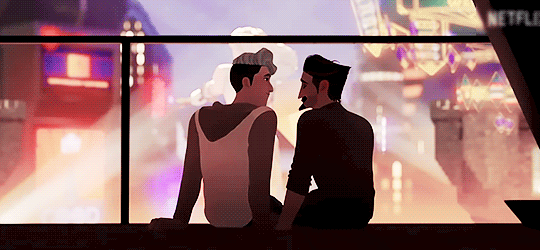
It felt EXCITING 😃 😄 ❤️
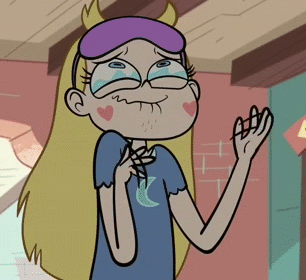
Of course, I did read the book a couple of weeks beforehand and it turned out just as amazing just like the book, amazingly is the prejudice and propaganda that our world still faces today

I give it a 1000/1000 ❤❤❤ for animation fans and fans who want stylized animation, I highly recommend it
#nimona#nimona netflix#based on book#spoilers#nimona spoilers#review#chloë grace moretz#riz ahmed#lgbtq+#lgbt representation#amputee character#nd stevenson#blue sky studios#RuPual#annapurna#annapurna pictures#DNEG animation#nimona graphic novel#nimona movie#nimona 2023
59 notes
·
View notes
Text

wow dude do you think oscar wilde may have been gay? should we tell the discord? should we inform rupaul?
#the picture of dorian gray#book discourse#sorry to keep beating this dead horse but i tried looking for the review i referenced in that damnèd post but only found more horrors#i appreciate storygraph's lack of hierarchy for review sorting but it really is a bitch when you're trying to find a review for something#extremely popular with over 17k reviews#'why is rupaul here' i blanked on mainstream gay celebs and he was the first i thought of which makes it funnier
585 notes
·
View notes
Text



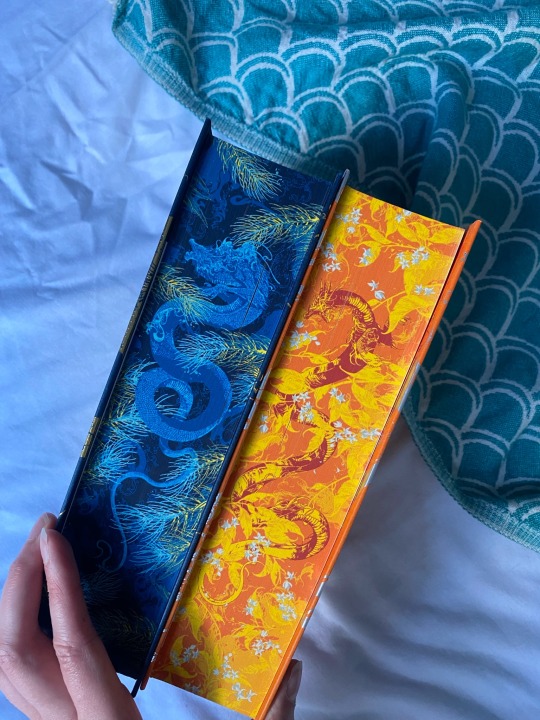
#I’m posting a second one with the review because the pictures are needed on their own#samantha shannon#priory of the orange tree#a day of fallen night#books#fantasy book#book recommendations#ADOFN#roots of chaos
108 notes
·
View notes
Text

Nettle and Bone by T. Kingfisher
It’s funny how difficult it sometimes is to talk about a book you really enjoyed. When I read a book I hate, I find there are plenty of things to say about it – the art of complaining is near and dear to my heart. But what about when a book is just right? When a book is simply written and executed in a way that feels exactly the way it ought to.
Nettle and Bone is a perfect little book. In a world with godmothers and princesses, goblin markets and dust-wives, Marra, youngest princess of a tiny kingdom, sets out to kill her sister’s cruel husband. Marra is wracked with uncertainty and regret – why didn’t she notice her sister’s pain sooner, will killing the prince actually help, what can quiet, politically unsuited Marra possibly do to help?
Marra sets out on her quest with the barest of plans: find someone who can help. She collects a ragtag group: a man stolen by fairies, a dust-wife, a bone dog, and a godmother whose only blessing is health. Not exactly the heroes of story and song but they’re all there is.
If Marra fails, her kingdom might disappear, her sister might die, and Marra herself might be next in line to marry the cruel prince.
Kingfisher builds a world of fairytales and also, in contradiction to most fairytales, practicality. Marra is a stubborn and determined character. She has panic attacks, doubts and second guesses herself, but goes forward because no one else can. Also, she makes herself a bone dog who is a very good boy. It was delightful from cover to cover.
Recommended if you liked: Stardust, Discworld, or Howl’s Moving Castle.
165 notes
·
View notes
Text
The Boy Who Wanted to Be a Deer by Ember White. Illustrated by Marta Maszkiewicz
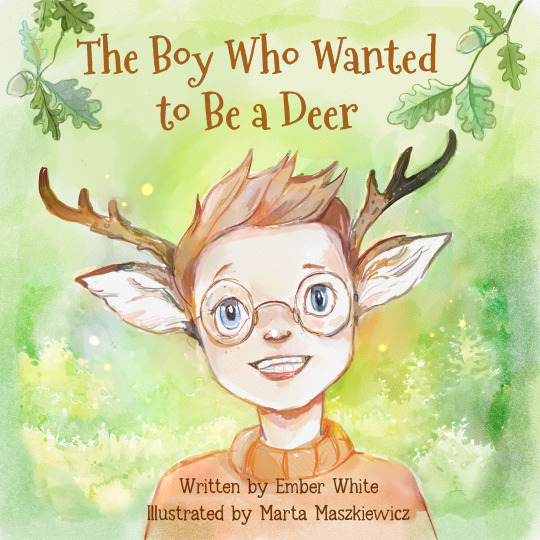
Age Recommendation: Pre-School
Topic/ Theme: Integrity/ Authenticity (it's all about being true to yourself so...)
Setting: Unspecified, America at a guess
Rating: 4/5
I never would have found this or read it without stumbling across the author on social media showing some of their... weirder reviews, and tbh asking for Aussies to balance out the crazy. I saw at least one review calling The Boy Who Wanted to be a Deer grooming and to be honest, if you want to see it that way, that's how you will see it. Though why you would choose to see it like that I don't know. That's just weird. To look at this absolutely beautiful book as something with a malicious message is beyond me. I'm glad I did read this though. Not so much for Ember White's story as lovely as it is but for Marta Maszkiewicz's stunning illustrations.
I will make some comments on Ember White's story first. Let me start by sharing a quote from one of Ember White's tumblr posts. "I wanted to tell that story of anyone's who ever felt that they didn't belong anywhere. Whether you are a nerd, autistic, queer, trans, a furry, or some combination of the above, it makes for a sad and difficult life. This isn't just my story, and this is your story as well." Ember's story is quite unlike anything I've read in a while. Their story is well thought out well, and you can see that all their heart is in their book. You can see that their book is the book that they wish they could of had as a child. Embre gives us Tommy a young boy with a secret. In his case it is a pair of deer antlers that he keeps in a box and a want to be something else. The message of The Boy Who Wanted to be a Deer is to just be you. It shows the pain of repression, the pain that happens when you try to be someone you aren't. The phrasing is beautiful and enjoyable. I can see how this could be a very good read-to, it has the right message and easily memorable writing. The choice of a deer as the animal the boy wants to be is a good one. It's one of the animals with the most diverse symbolism some of the basics are harmony, happiness and innocence (phrased as being in touch with your inner child).
I would love to know who paired illustrator, Marta Maszkiewicz and Ember White. Marta's a perfect match style-wise for Ember's script. I adore her beautiful style it feels young and playful when it needs to and adds that moment of darkness when it is necessary. Her dark stormy moments with the purples and blues have the perfect depressing tone for Tommy's sadness. Storms have a rainbow-like background a nice touch. There is a scene where Tommy is looking at potential future careers (doctor, accountant, engineer), I love the choice Marta makes to give Tommy oversized clothes, a child playing dress up. Not just playing dress up but uncomfortable and awkward more than expected. Marta has done a fantastic job of aging Tommy up from his child self to his adult self to his true self. His true self is kinda in the middle in appearance, like he has shed the weight that he was carrying around as an adult that he has now shed. The dance/performance element is executed particularly well. I can sense the movement coming off the page and that outfit is lovely. The final illustration is just beautiful it is light and hopeful and innocent. Honestly, I can't praise the illustrations enough. I really want to find more of Marta Maszkiewicz's illustrations.
This is highly controversial and will remain so. It does what Ember wanted it to, it challenges the status quo and some people aren't ready for that. But some of us, librarians, parents and those outside the neurotypical, cishet sociocultural norms that are ready for it. The ending is unexpected but I really like that The Boy Who Wanted to be a Deer chooses to break the conventions that the children's publishing by giving the reader an unexpected ending of fulfilled dreams. I'm happy I read this and I think many others willing to look beyond the judgemental reviews probably will too.
Ember White is @emberwhite on here.
#ember white#the boy who wanted to be a deer#marta maszkiewicz#picture story#book review#ktreviews#read 2023#booklr
16 notes
·
View notes
Text
In honor of celebrating black history month, I thought it would be exciting to share one of my favorite children book written by brilliant black authors each week.
To start off the month, I would like to share the following book:

Your Name Is A Song • {Jamilah Thompkins-Bigelow | 2020}
Your Name Is A Song is a 24-page picture book written by Jamilah Thompkins-Bigelow.
This book tells a story about a young girl who was frustrated with her teachers and peers because her name gets mispronounced and is often overlooked as different. As the little girl is feeling upset, her mother brightens her spirits by teaching her the beauty, history and the musicality of names from different cultures (African, Black-American, etc.) while walking home from the city.
Overall, my favorite thing about this book is reminding ourselves to celebrate our identities and where we came from; this story touches on other meaningful themes such as the importance of pronouncing and spelling names correctly (it creates a sense of belonging), celebrating culture and diversity, taking pride in identities, accepting other's differences, and self-love and worth. Another aspect that I liked about the story is how interactive it is; in the story, the author includes pronunciation of the different names mentioned in the books for the readers.
Lastly, the colorful artwork is beautifully illustrated by Luisa Uribe with the use of vibrant colors and cute images; this is illustrated with the use of pencil colors, making it look whimsical which peaks the interests of young children who are between 5 - 10 years old.
Comment down below if you have read this book! Let me know who your favorite author is!
#black authors#childrenbook#picture books#black history#black history month#celebrate#identities#name#diversity#inclusion#kids#book recommendations#book review#your name is a song#jamilah thompkins#art blog#culture#acceptance#self worth#self love
117 notes
·
View notes
Text
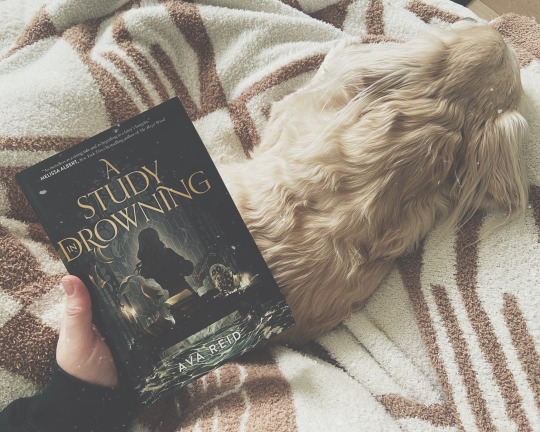
Review: A Study In Drowning (Ava Reid)
Rating: ★★★★★/5
"The danger was real. Effy and Angharad had both proven that, with their wits and their mirrors. The danger lived with her; perhaps it had been born with her, if the rest of the stories about changeling children were to be believed. The danger was as ancient as the world. But if fairies and monsters were real, so were the women who defeated them."
I am OB. SESSED. This was so excellent and so much more than I expected.
Effy Sayre has been haunted by visions for her whole life. She sees the Fairy King everywhere; she can't sleep unless she takes a pill, and she just knows that he is out there, waiting for her. She's an architecture student, but only because women aren't allowed to study literature in Caer-Isel. All she truly wants is to study Emrys Myrddin and his famous work, her favourite book, Angharad. When an opportunity arises for Effy to redesign Emrys's home after his death, to go to the place where he lived and wrote, she jumps at the chance. But all is not what it seems at decrepit Hiraeth Manor...
I went into this book expecting some kind of dark academia-esque story. The cover and the blurb certainly give it that air, and I do enjoy that genre, but it's not typically my end-all, be-all. This has some elements of it, for sure, but overall, it's instead this mash-up of DA and fantasy and horror and magical realism and romance, and I just loved how everything fit together in such a unique, interesting way.
I absolutely loved Effy, so, so much. She's been THROUGH IT and she has survived, but she feels it's not enough, and my heart just immediately went to her and stayed with her through her story. Her story is at once original and the story of so many women. She has survived, but she feels it's not enough, that she needs to do more, that she needs to be more, and the feminist message of the book just hit me so hard because it's done so seamlessly and so emotionally.
Equally, Preston stole my affections from the moment we meet him, gruff, snobby guy that he appears to be; he just feels so genuinely sweet, and just so right for Effy, without it ever feeling like Ava was trying too hard.
This quote sums things up for me (and made me clutch the book to my chest and my heart ache):
"Effy laughed again. 'I thought you weren't a romantic.'
'I wasn't,' Preston said, cheeks still pink. 'Until you.'"
💀😭❤️
And the world-building! The lore! I was so taken into this story for the world alone. It's modern-ish, with televisions and phones and cars, but high-fantasy-ish at the same time with some divisive politics at play and a history that I wish we got to explore more. I love how literature is most important here, and though feminism still feels a long ways off, I'd love to find out how Effy contributes to its inevitable rise.
I just. I loved this so much. I can't say enough about it.
#booklr#book photography#book picture#book review#a study in drowning#ava reid#bookworm#bibliophile#ya fiction#ya fantasy#book community#book aesthetic#book lover#book nerd#books and dogs#my photos#my reviews#mine
38 notes
·
View notes